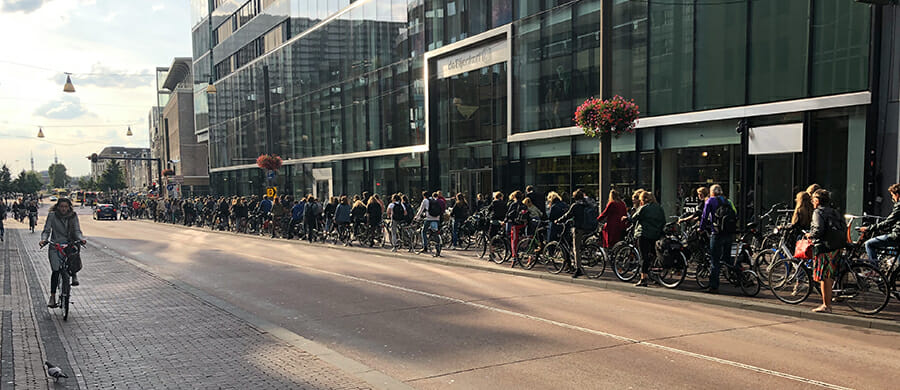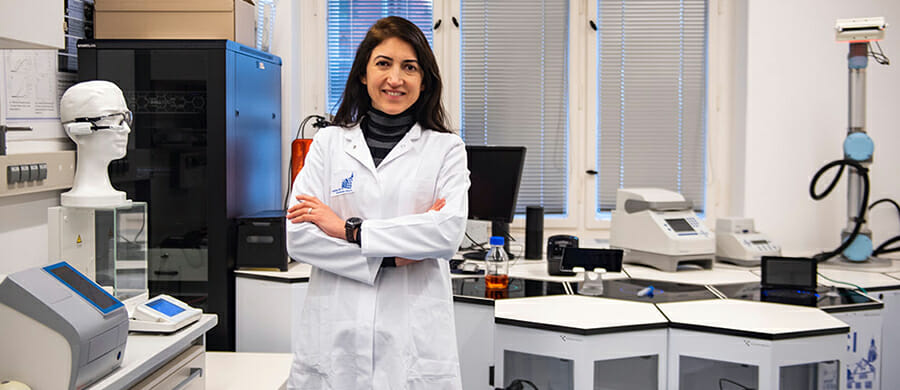TECHNISCHE UNIVERSITÄT BRAUNSCHWEIG
Leichtweiß-Institute for Hydraulic Engineering and Water Resources
DATA & FACTS
Project
2024-2027
Scientific contact
Univ.-Prof. Dr.-Ing. Nils Goseberg
EU-Funding line
Cluster 6
Projektleitung: Prof. Dr.-Ing. Arno Kwade
Projektname: „Li-Ion Pilot Lines Network“ (LiPLANET)
Keywords: Energie, Mobilität, Partner
Coastal protection under climate change: Innovative dune-dike solutions
Technische Universität Braunschweig researches adaptation to increasing sea levels in European research project DuneFront
Accelerating climate change and rising sea levels are exposing coastal regions to unprecedented threats. Traditional methods of coastal defence need to evolve to meet the challenges of the 21st century. This is where the dune-dike solution comes in: a hybrid, nature-based approach that combines natural dunes with artificial dikes to provide a resilient, adaptable and sustainable coastal defence. The recently launched European research project DuneFront aims to help advance this nature-based coastal defence, which is gaining momentum across Europe.
The Technische Universität Braunschweig is involved in the European joint research project DuneFront. The project brings together experts from leading European research institutes. Together, they will investigate and further develop the hybrid systems and test them under real conditions.
Modelling of dune-dike systems
The Leichtweiß-Institute for Hydraulic Engineering and Water Resources at the TU Braunschweig is developing numerical models from twelve different existing dune-dike systems in six different countries. The models are then used to simulate erosion and growth processes under various boundary conditions and possible future climate scenarios.
Experiments in the wave channel
The Leichtweiß Institute will also carry out extensive physical experiments. For these experiments, dune models will be created on a scale of 1:5 in collaboration with the Technical University of Berlin. In Braunschweig, the scientists will cultivate living dune vegetation on the dune models over a longer period of time. These dune models are then installed in a 90-metre-long wave channel at the institute and exposed to storm surge conditions in order to observe and evaluate their erosion behaviour. The aim of this complex series of experiments is to deepen the knowledge of the possible erosion-reducing effects of vegetation. The laboratory data will serve as a basis for the refinement and further development of numerical models for the demonstration sites throughout Europe.
The aim of simulation and experiments is to identify site-specific strengths in order to filter out possible transfer functions throughout Europe. This will improve the natural resilience of dune-dike hybrid systems and make them more resilient to the challenges of climate change.
This project is funded by the European Union under grant agreement 101135410.
Date:
01.04.2025
Das könnte Sie auch interessieren …

Projekt: BITS – BICyCLES and its
Bicycles and ITS (BITS) ist ein neues Projekt zum Thema Fahrrad und ITS (intelligente Transportsysteme), das darauf abzielt, die CO2-Emissionen um 9 % zu senken und die Fahrradnutzung in den Zielgruppen um 10 % zu steigern! Eine Verlagerung des Verkehrs auf umweltfreundliche Verkehrsmittel ist dringend erforderlich, da Verkehrsstaus, …

ProjeKt: decades
Die chemische Industrie steht derzeit vor der herausfordernden Transformation, klassische, auf Erdöl basierende Herstellungsprozesse von Chemikalien durch nachhaltige, biobasierte Produkte im Sinne einer zirkulären Bioökonomie zu ersetzen. Insbesondere Lösungsmittel spielen in der chemischen Industrie entlang der gesamten Produktionskette eine…
